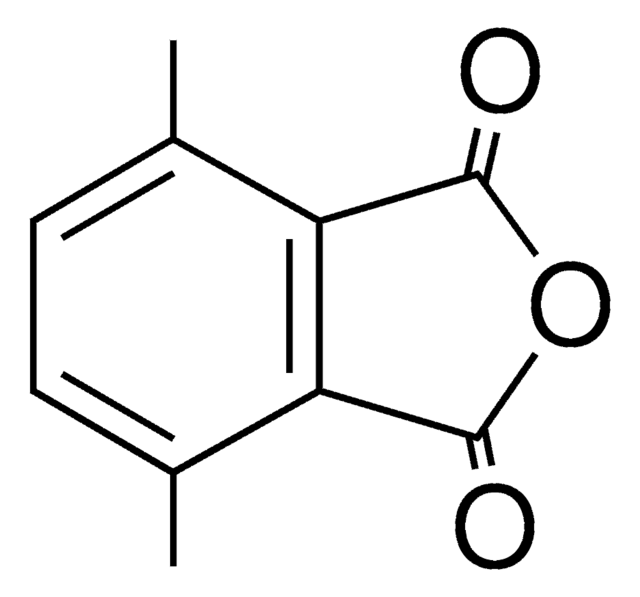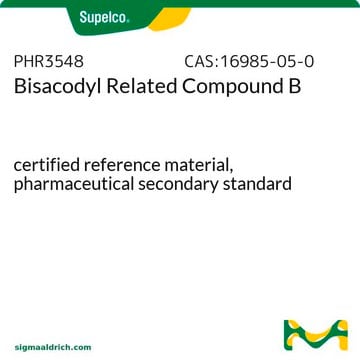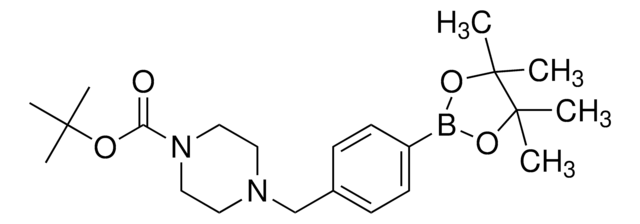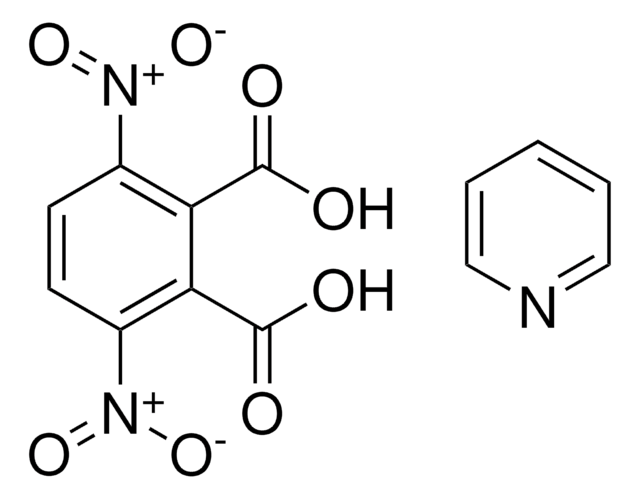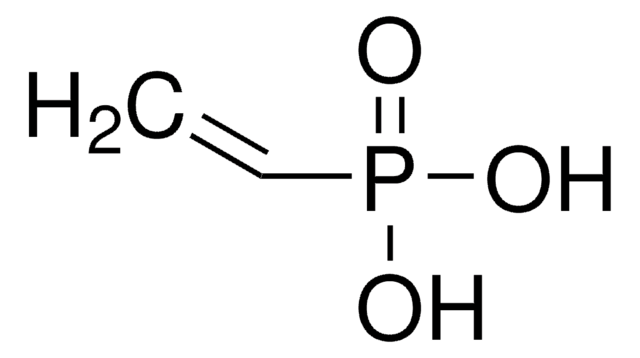H5019
11-Hydroxy-Δ9-tetrahydrocannabinol
vacuum-dried powder
Synonym(s):
7-Hydroxy-Δ1-tetrahydrocannabinol
Sign Into View Organizational & Contract Pricing
All Photos(1)
About This Item
Empirical Formula (Hill Notation):
C21H30O3
CAS Number:
Molecular Weight:
330.46
MDL number:
UNSPSC Code:
41116107
Recommended Products
form
vacuum-dried powder
drug control
USDEA Schedule I; regulated under CDSA - not available from Sigma-Aldrich Canada
technique(s)
HPLC: suitable
gas chromatography (GC): suitable
format
neat
storage temp.
−20°C
SMILES string
CCCCCc1cc(O)c2[C@@H]3C=C(CO)CC[C@H]3C(C)(C)Oc2c1
Looking for similar products? Visit Product Comparison Guide
Application
Refer to the product′s Certificate of Analysis for more information on a suitable instrument technique. Contact Technical Service for further support.
Signal Word
Warning
Hazard Statements
Precautionary Statements
Hazard Classifications
Acute Tox. 4 Oral - Repr. 2
Storage Class Code
11 - Combustible Solids
WGK
WGK 3
Flash Point(F)
Not applicable
Flash Point(C)
Not applicable
Personal Protective Equipment
dust mask type N95 (US), Eyeshields, Gloves
Choose from one of the most recent versions:
Already Own This Product?
Find documentation for the products that you have recently purchased in the Document Library.
Identification of 9 -tetrahydrocannabinol and metabolites in man.
M E Wall et al.
Journal of the American Chemical Society, 94(24), 8579-8581 (1972-11-29)
J Röhrich et al.
Journal of analytical toxicology, 34(4), 196-203 (2010-05-15)
Cannabinoid concentrations in blood and urine after passive exposure to cannabis smoke under real-life conditions were investigated in this study. Eight healthy volunteers were exposed to cannabis smoke for 3 h in a well-attended coffee shop in Maastricht, Netherlands. An
Stefan W Toennes et al.
Archiv fur Kriminologie, 225(3-4), 90-98 (2010-05-29)
When defendants are confronted with evidence of cannabinoids in their blood suggesting consumption of cannabis they sometimes argue that this could only be due to a passive exposure. The small number of controlled studies available showed that tetrahydrocannabinol (THC), the
Erin L Karschner et al.
Journal of analytical toxicology, 33(8), 469-477 (2009-10-31)
Delta(9)-Tetrahydrocannabinol (THC) is commonly found in toxicological specimens from driving under the influence and accident investigations. Plasma cannabinoid concentrations were determined in 18 long-term heavy cannabis smokers residing on an in-patient research unit for seven days of monitored abstinence. THC
Ross H Lowe et al.
Drug and alcohol dependence, 105(1-2), 24-32 (2009-07-28)
Generally, urinary 11-nor-9-carboxy-Delta9-tetrahydrocannabinol (THCCOOH) after alkaline hydrolysis is monitored to detect cannabis exposure, although last use may have been weeks prior in chronic cannabis users. Delta9-Tetrahydrocannabinol (THC) and 11-hydroxy-THC (11-OH-THC) concentrations in urine following Escherichia coli beta-glucuronidase hydrolysis were proposed
Our team of scientists has experience in all areas of research including Life Science, Material Science, Chemical Synthesis, Chromatography, Analytical and many others.
Contact Technical Service